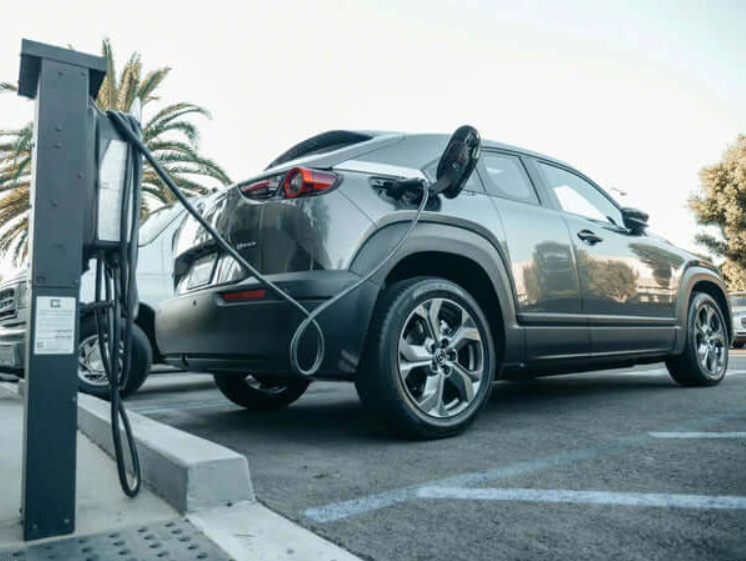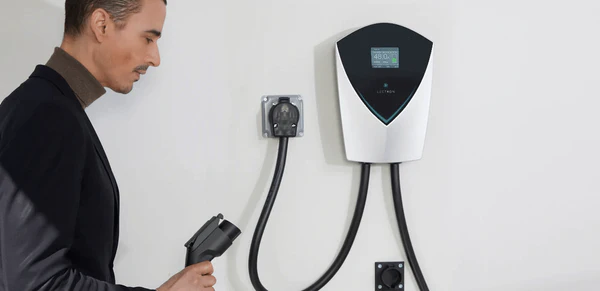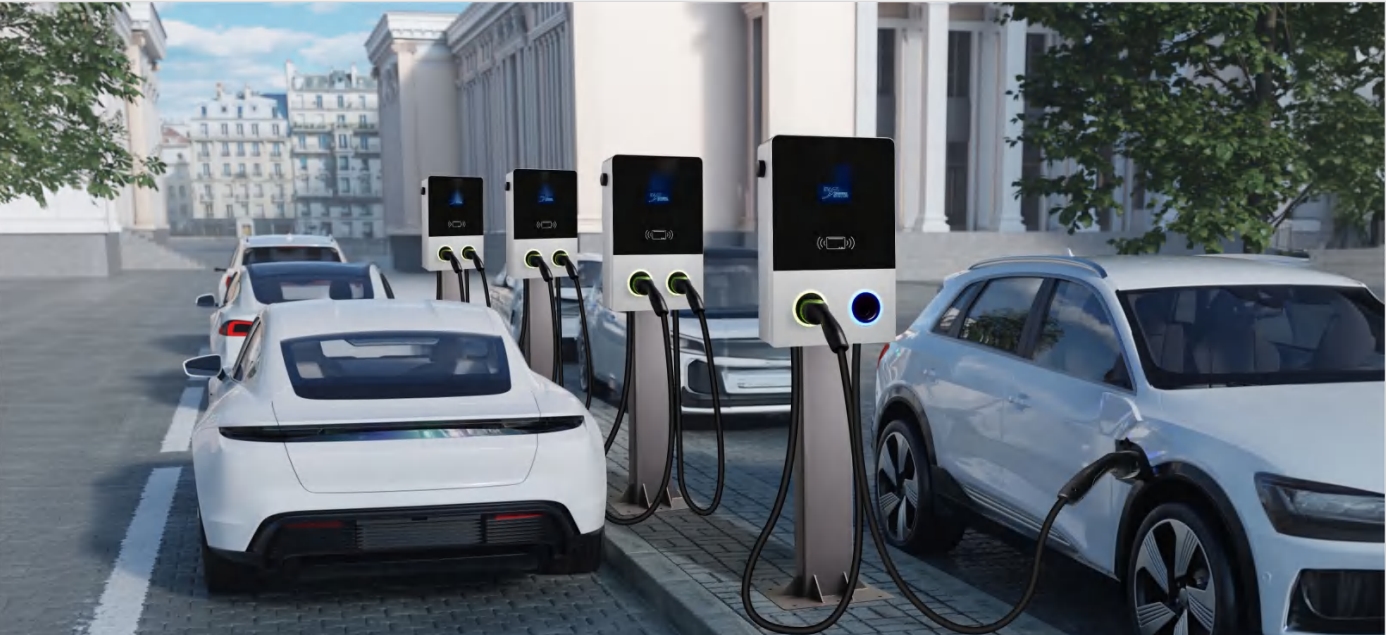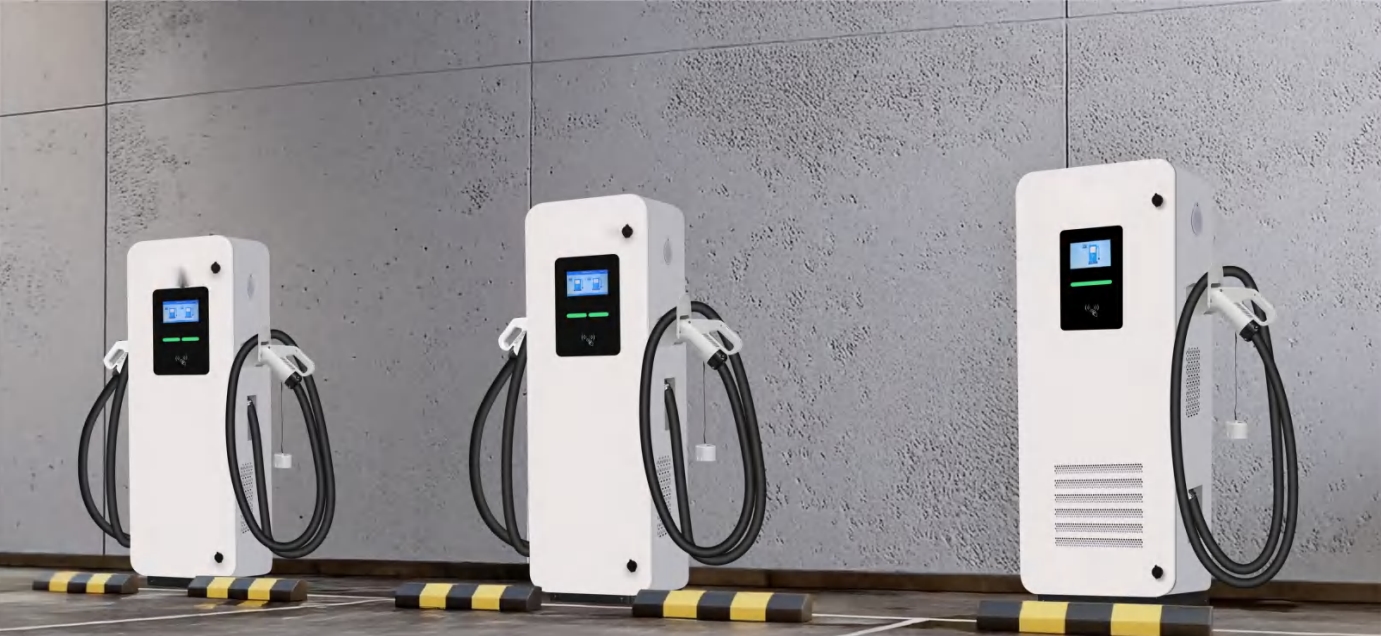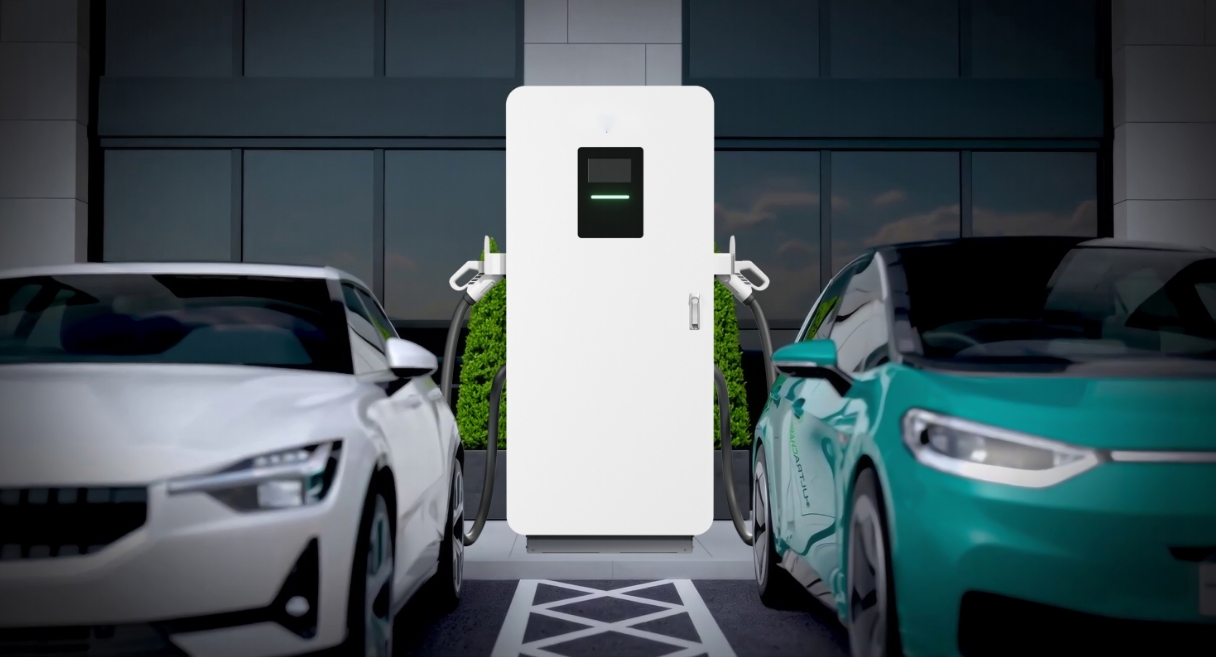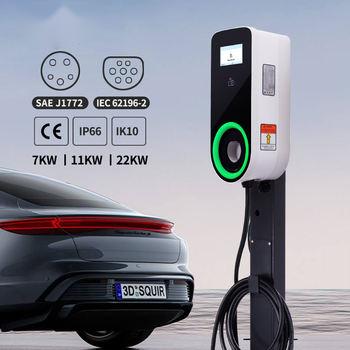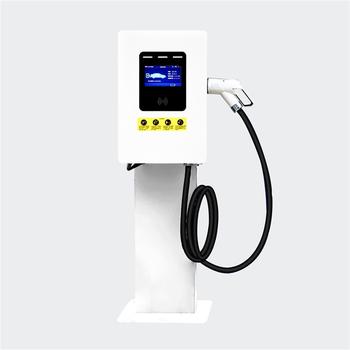Do You Have to Charge a Hybrid? Everything You Need to Know
Hybrid and electric vehicles have revolutionized the automotive industry, providing efficient alternatives to traditional gas-powered cars. These vehicles blend electric and internal combustion technologies to improve performance, reduce emissions, and save on fuel costs. However, many potential buyers are still confused: Do hybrid cars need to be charged?
The answer to this question depends on the type of hybrid vehicle. While some hybrids never need to be charged, others offer better performance and efficiency. In this comprehensive guide, we'll explore the technology behind hybrid and plug-in hybrid vehicles, their charging requirements, and compare the advantages they offer.
Understanding Hybrid Vehicles
Hybrid vehicles optimize fuel consumption and energy efficiency by combining an electric motor and an internal combustion engine. However, not all hybrid vehicles operate in the same way.
Hybrid vehicles can use electric power at low speeds, shutting down the gas engine. This feature reduces fuel consumption and emissions in city driving or stop-and-go traffic. At high speeds or under heavy loads, the internal combustion engine kicks in to provide additional power, ensuring consistent performance. Seamless coordination between the electric motor and engine improves overall fuel efficiency while maintaining the reliability of a traditional gas vehicle.
Traditional Hybrids
Traditional hybrids, often referred to as hybrid electric vehicles, are powered by both gasoline and electricity, but they do not require external charging. The energy for the electric motor comes from regenerative braking and the engine itself.
- How It Works: When the driver brakes or decelerates, the system generates electricity that would otherwise be wasted and stores it in the hybrid battery. This process, known as regenerative braking, promotes better fuel economy and reduces reliance on the gas tank.
- Examples: Vehicles like the Toyota Prius and Honda Accord Hybrid are classic examples of fuel-efficient traditional hybrids that recharge as you drive.
Plug-In Hybrids (PHEVs)
Plug-in hybrid cars, or PHEVs, come equipped with a larger battery that can be charged externally. This allows them to operate as electric vehicles (EVs) for a short distance before switching to hybrid mode.
- How It Works: PHEVs are powered by electricity for the first 20–50 miles, depending on the model, and then switch to using the gas engine when the battery is depleted.
- Examples: Popular plug-in hybrids include the Toyota RAV4 Prime, Ford Escape PHEV, and Hyundai Tucson PHEV.
Check out our list with the Best plug in hybrid vehicles of 2025.
Hybrid Vehicle Battery Maintenance
Maintaining a hybrid car battery is essential to ensure the longevity and performance of your vehicle. Hybrid batteries are designed for durability, often lasting longer than 200,000 miles under normal driving conditions.
Types of Hybrid Batteries
- Nickel-Metal Hydride (NiMH): These batteries have been a standard in hybrid vehicles for years due to their reliability and resilience in extreme temperatures.
- Lithium-Ion (Li-ion): Modern hybrids increasingly use lithium-ion batteries as they are lighter, more efficient, and now more affordable due to advancements in battery technology.
Key Facts About Hybrid Batteries
- Weight: Hybrid car batteries typically weigh around 53.5 kg, contributing to the car’s overall efficiency and performance.
- Battery Life: Manufacturers estimate the lifespan of hybrid batteries to be between 6 and 10 years, though many last well beyond this range with proper care.
Tips for Maximizing Battery Life
- Avoid extreme temperature exposure by parking in shaded areas or garages.
- Regularly drive your hybrid to prevent the battery from discharging fully over long periods of inactivity.
- Follow the manufacturer’s maintenance recommendations to ensure optimal performance.
Do You Have to Charge a Hybrid?
The short answer is no—you don’t have to charge most hybrids. Traditional hybrids are designed to recharge themselves while driving, using regenerative braking and energy from the internal combustion engine. However, plug-in hybrids perform best when charged regularly.
- Traditional Hybrids: These vehicles never require plugging in. They self-charge through advanced systems, making them ideal for buyers who don’t want to rely on charging infrastructure.
- Plug-In Hybrids: While these cars can operate without being plugged in, doing so reduces their efficiency and diminishes their environmental benefits
What Happens If You Don’t Charge a Plug-In Hybrid?
If a plug-in hybrid electric vehicle isn’t charged, it defaults to operating like a traditional hybrid. While this ensures the electric vehicle still remains functional, there are some trade-offs:
- Worse Fuel Economy: Plug-in hybrids are heavier due to their larger batteries. Without charging, this extra weight leads to reduced fuel efficiency compared to regular hybrids.
- Reduced Environmental Benefits: Operating without charging negates the EV mode, resulting in higher emissions and reliance on gasoline.
- Missed Cost Savings: Charging a PHEV typically costs less than refueling with gas, so skipping charging increases overall expenses.
The Benefits of Charging a Plug-In Hybrid
- Improved Fuel Economy: By maximizing the use of electric power, PHEVs reduce gas consumption significantly, offering better fuel efficiency during short-distance trips.
- Cost Savings: Charging is often cheaper than buying gas, leading to long-term savings for drivers who regularly plug in their vehicles.
- Environmental Impact: Running on electricity lowers greenhouse gas emissions and reduces the carbon footprint of your daily commute.
- Enhanced Performance: Electric motors provide smooth acceleration and quieter operation, making driving more enjoyable.
Comparing Traditional Hybrids and Plug-In Hybrids
| Make | Model | Model Year(s) | Credit Amount | MSRP Limit |
| Audi | Q5 PHEV 55 TFSI e quattro | 2023–2024 | $3,750 | $80,000 |
|
| Q5 S Line 55 TFSI e quattro | 2023–2024 | $3,750 | $80,000 |
| Chrysler | Pacifica PHEV | 2022–2024 | $7,500 | $80,000 |
| Ford | Escape Plug-in Hybrid | 2022–2024 | $3,750 | $80,000 |
| Jeep | Grand Cherokee PHEV 4xe | 2022–2024 | $3,750 | $80,000 |
|
| Wrangler PHEV 4xe | 2022–2024 | $3,750 | $80,000 |
| Lincoln | Corsair Grand Touring | 2022–2023 | $3,750 | $80,000 |
Charging a Plug-In Hybrid
Charging your plug-in hybrid electric vehicle (PHEV) is a simple and flexible process, offering a variety of options to suit different lifestyles and driving needs. Whether at home or on the go, understanding charging methods and their benefits can help you maximize your vehicle's efficiency and performance.
At Home
Charging your plug-in hybrid car at home is one of the most convenient and affordable ways to keep your vehicle ready for use. Like with regular electric cars, home charging PHEVs offers two primary options based on your needs and infrastructure:
- Standard 120-Volt Outlet:
- Most homes come equipped with standard 120-volt electrical outlets. This setup allows you to plug your PHEV directly into the outlet, making it an accessible and cost-effective solution for overnight charging using a Level 1 EV charger.
- Charging Time: Typically takes 8–12 hours, depending on the size of the hybrid batteries and the vehicle's capacity. This slower rate is ideal for those who can leave their car plugged in overnight or during extended periods at home.
- Level 2 Charger:
- For faster and more efficient charging, installing a Level 2 charger at home is an excellent upgrade.Level 2 chargers operate at 240 volts, delivering significantly more power than standard outlets.
- Charging Time: These EV chargers reduce charging time to as little as 2–3 hours for most plug-in hybrids, making it perfect for drivers with tight schedules or higher daily mileage needs.
- Installation Considerations:
- May require electrical panel upgrades or permits depending on your home's wiring.
- Costs for equipment and installation can range from $300 to $2,000, but incentives like tax credits or rebates may offset these expenses.
At Public Charging Stations
- Public charging stations provide a valuable option for PHEV drivers, especially those who travel long distances or are unable to charge at home. These charging stations are increasingly available in urban areas, parking lots, and along major highways.
Level 2 Public Chargers:
- Similar to home Level 2 chargers, these provide efficient charging for most plug-in hybrids. They are suitable for topping off your electric battery while shopping, dining, or working.
- DC Fast Chargers (Where Compatible):
- While not all PHEVs support DC fast charging, some models do. These chargers deliver high-speed power that can significantly reduce charging time, but they’re generally more common for fully electric vehicles (EVs).
Costs
The cost of charging a plug-in hybrid is generally much lower than refueling with gasoline, making it an economical choice for many drivers.
- Electricity Costs:
- Charging at home typically costs between $0.10 and $0.20 per kilowatt-hour (kWh), depending on local utility rates. For a PHEV with a 14 kWh battery, a full charge might cost as little as $2–$3, offering significant savings compared to filling a gas tank.
- Public Charging Costs:
- Prices at public stations vary. Some locations offer free Level 2 charging, while others charge by the hour or kWh. Typical costs range from $0.20 to $0.40 per kWh, making public charging still relatively affordable.
Is a Plug-In Hybrid Right for You?
Plug-in hybrids are ideal for drivers who:
- Take short-distance trips and can recharge regularly.
- Prioritize sustainability and want to minimize their environmental impact.
- Seek a balance between the benefits of electric vehicles and the range of gas-powered cars.
Traditional hybrids may be better suited for:
- Drivers who lack access to reliable charging infrastructure.
- Those who frequently travel long distances where gas refueling is more practical.


 Phone
Phone Send Email
Send Email whatsapp
whatsapp Facebook
Facebook Youtube
Youtube


